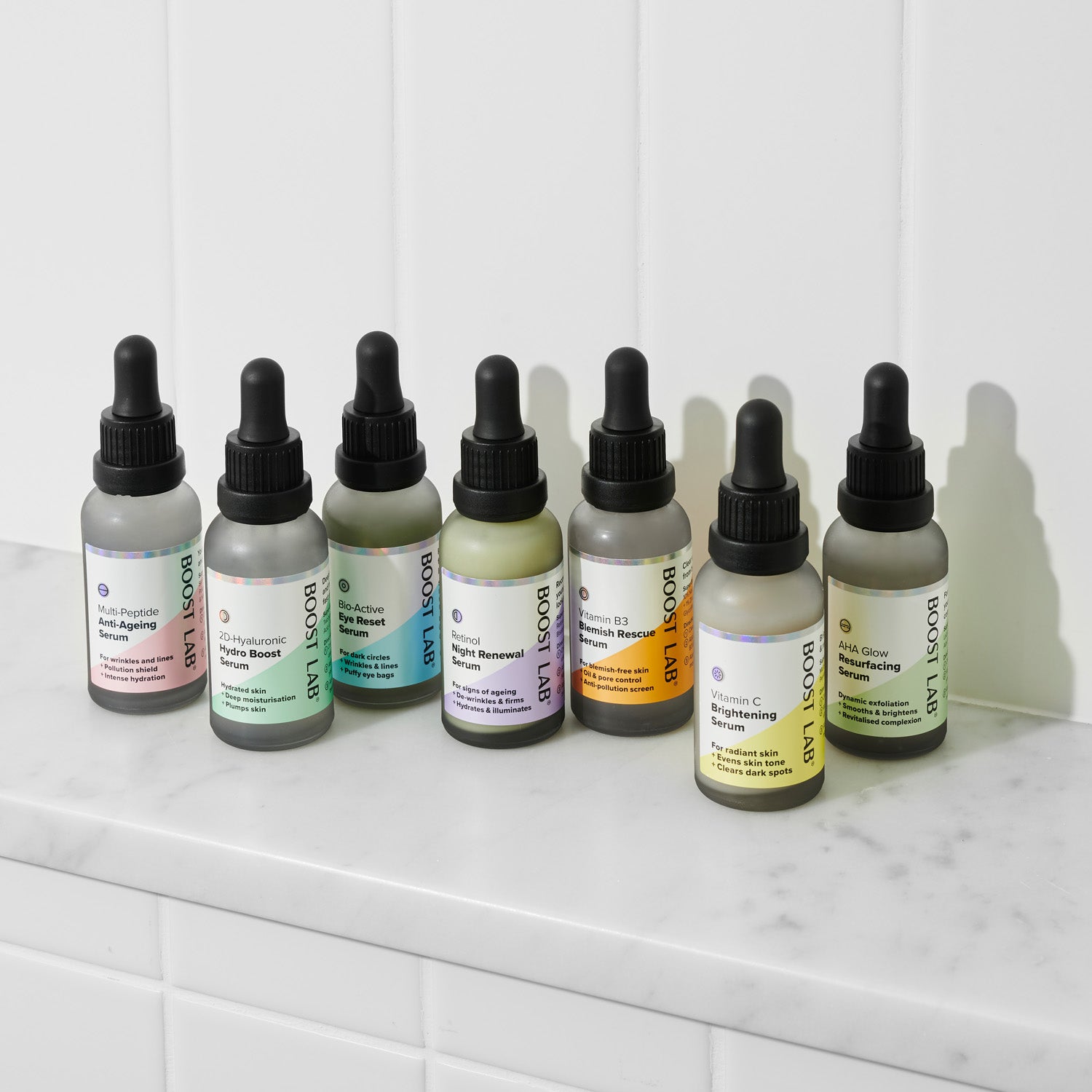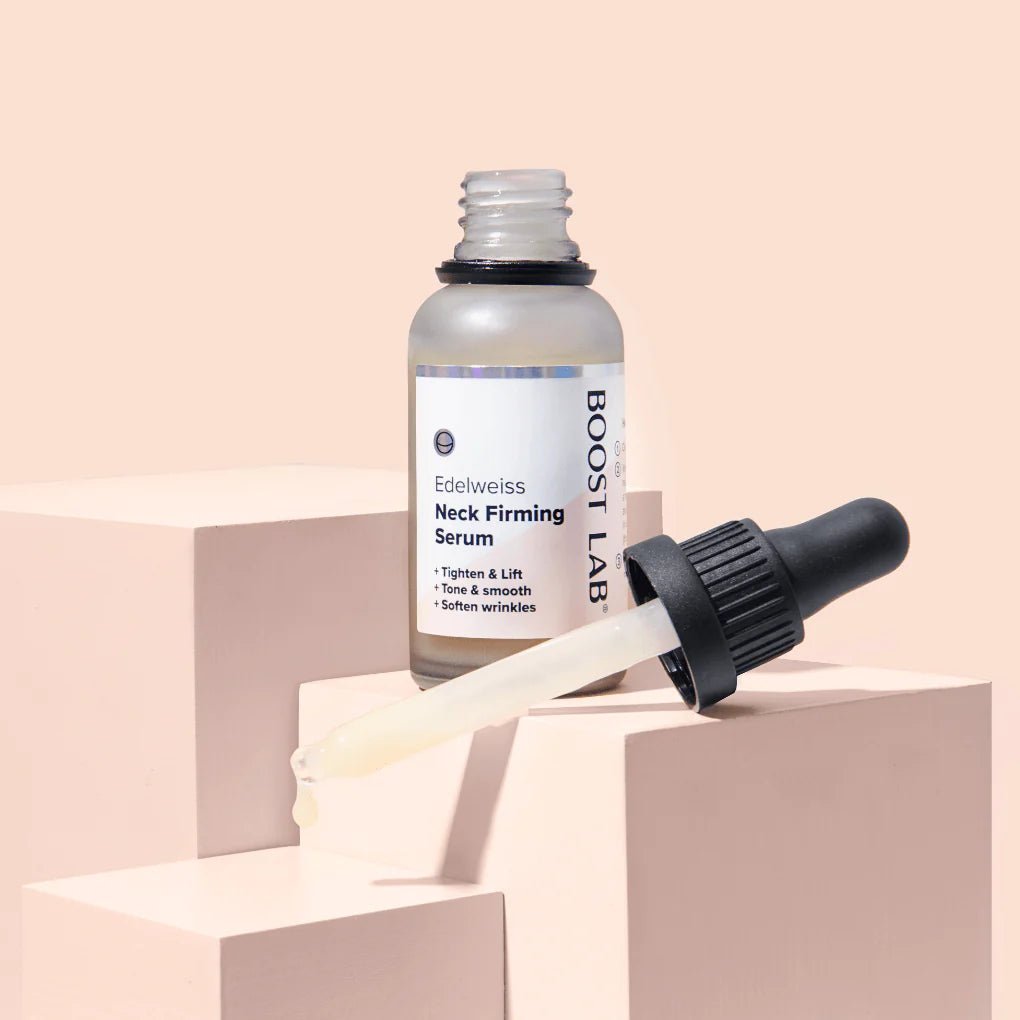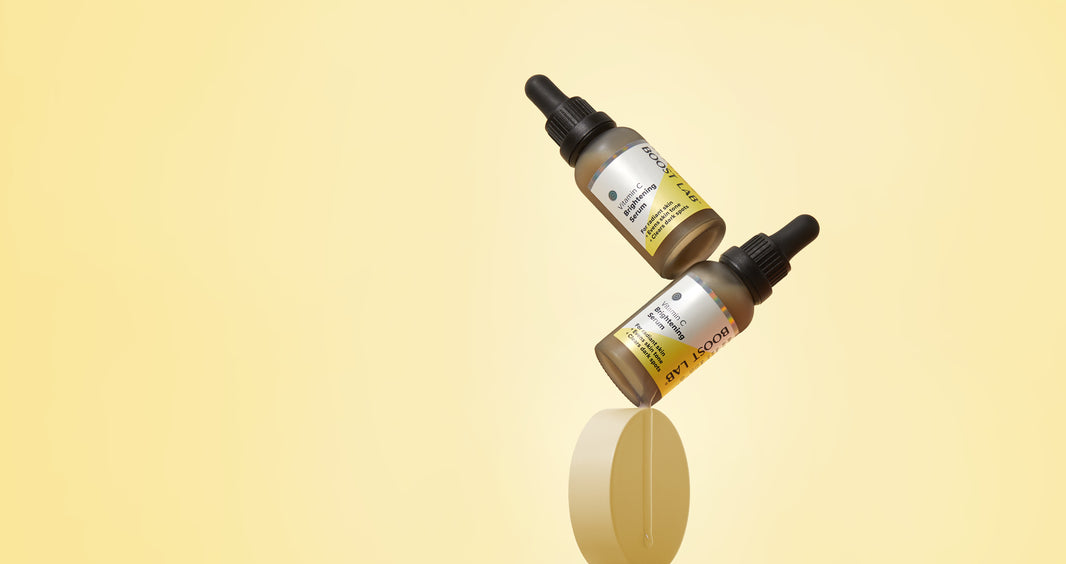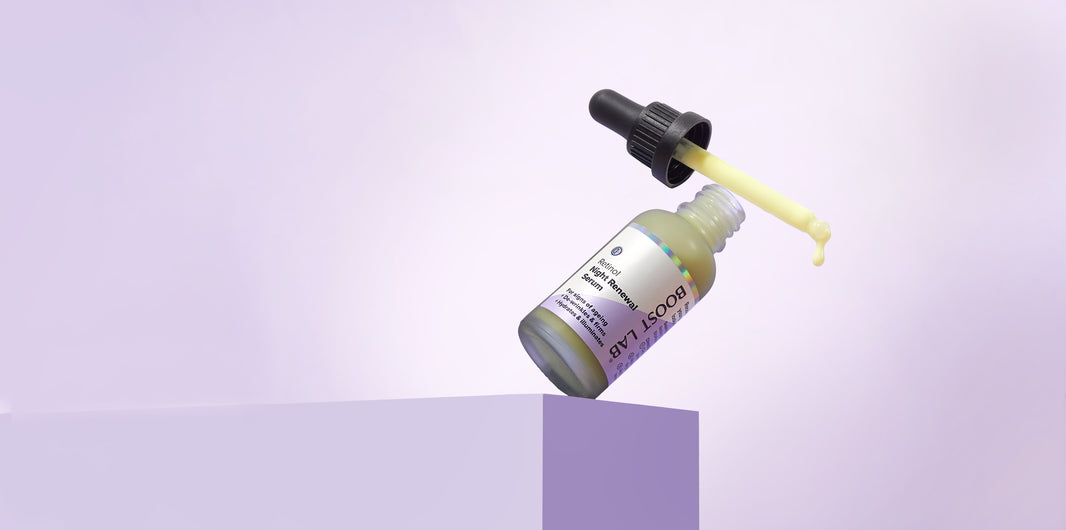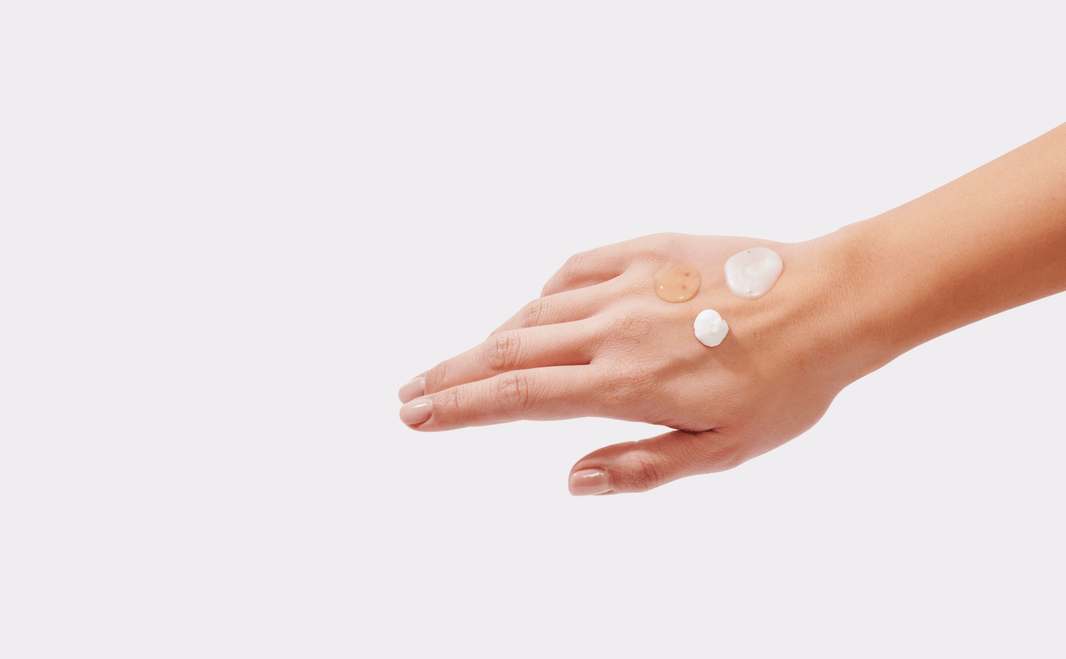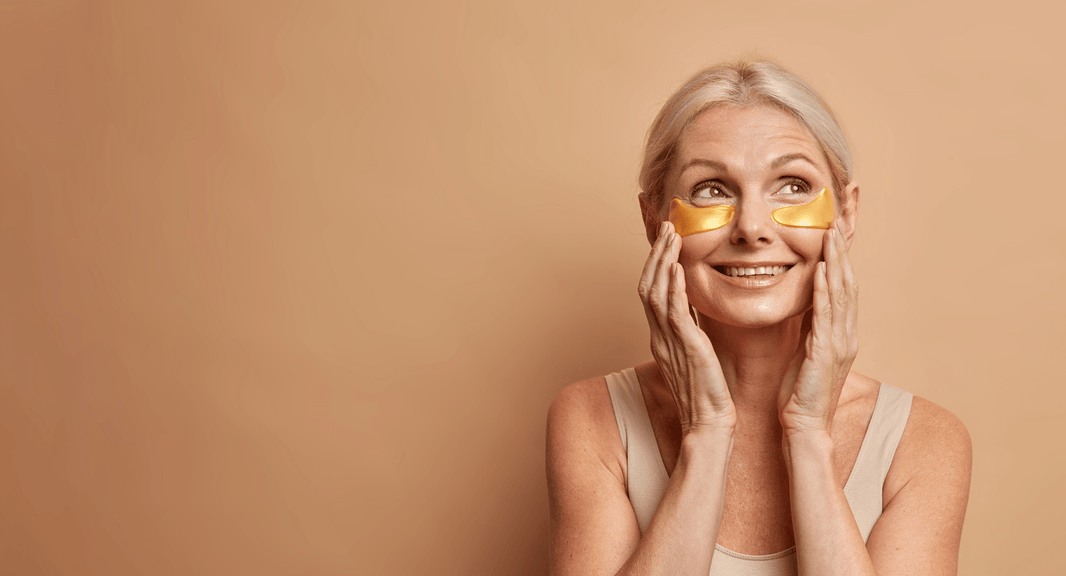When talking about skin, the words ‘dry’ and ‘dehydrated’ often get thrown around as if they’re completely interchangeable. But spoiler alert: They’re not.
Though these two words may seem to have similar meanings, when it comes to describing your face, they’re rather different. In a nutshell, dry skin is a skin type whereas dehydrated skin is a temporary skin condition.
Want to know more? Read on to learn all about the differences between dry and dehydrated skin (and why knowing matters!) plus how to treat both.
Why it’s important to know your skin type and monitor its condition
Knowing your skin type and keeping tabs on its condition is essential if you’re serious about caring for your complexion. The recommended types of products to use can vary widely depending on your individual skin needs.
How to tell the difference between dry and dehydrated skin?
The similarities
OK, this is where things can be kinda tricky. Dry skin and dehydrated skin can present with similar physical symptoms including dryness (obviously!), an uncomfortable taut or tight feeling, redness, irritation, and fine lines.
The differences
As we’ve teased above, dry skin is a skin type (just like normal, oily, and combination are other skin types), and dehydrated skin is a temporary condition that even oily skin types can experience.
So, how do I know whether I’ve got dry or dehydrated skin?
If you’ve got dry skin, your skin naturally produces less oil than others and you’ve probably had dry skin most of your life. If you’re on the more severe side of the dryness scale, you may also suffer from skin conditions like eczema.
On the flip side, dehydrated skin is a condition that can pop up suddenly with common causes including changes in the weather, consuming alcohol or caffeine, and even overly harsh exfoliants.
How to treat dry skin
Dry skin needs all the moisture it can get so include a variety of hydrating products such as a hyaluronic acid serum and a rich moisturiser. Hunting for the best serum for dry skin? With two types of bio-hyaluronic acid and pro-vitamin B5, Boost Lab 2D-Hyaluronic Hydro Boost Serum deeply nourishes the complexion and reinforces the skin’s natural moisture barrier.

How to treat dehydrated skin
Just like dry skin, dehydrated skin craves loads of extra hydration to get it back to its normal moisture levels. Boost Lab 2D-Hyaluronic Hydro Boost Serum is perfect for treating dehydrated skin as well. It absorbs into the skin quickly which is a huge bonus when you’re trying to get dehydrated skin to calm down ASAP. Plus, it’s fragrance-free, paraben-free, and sulphate-free - all very important factors when treating cranky, irritated complexions.
Wondering how to avoid dehydrated skin in the first place? We’re glad you asked. Keep an eye on how your skin is looking - especially when cooler weather sets in and add extra hydration as needed. It’s also a good idea to steer clear of alcohol, caffeine, and skincare products that strip moisture from the skin.
Wondering how to structure your serum regimen? Find out how to layer your serums over on our blog plus get custom recommendations on the best face serums in Australia for you from our AI-powered Skin Adviser.


